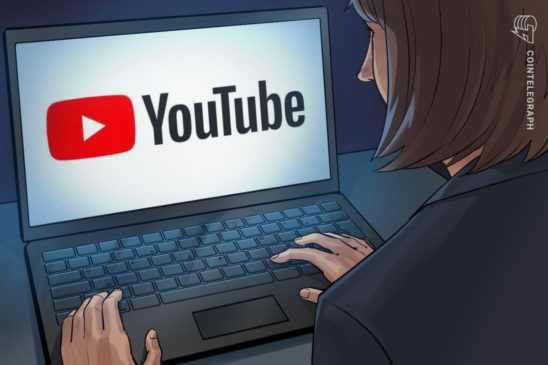Google’s testing a pair of experimental artificial intelligence (AI) systems for creators and viewers on its YouTube video sharing platform.
The first experiment, according to a post on YouTube Help, involves an “AI that organizes large comment sections of long-form videos into easily digestible themes.” This tool will allow content creators to organize their comment sections by topic, highlight specific comments, and even delete comments related to a given topic.
This experiment is currently active and “running on a small number of videos in English that have large comment sections.” YouTube Premium subscribers can opt in as part of YouTube’s experimental features program.
Meanwhile, the second appears slightly more ambitious. It comes in the form of a generative AI chatbot, ostensibly similar to Google’s Bard or OpenAI’s ChatGPT, whose aim is to interact with viewers while they watch videos.
According to YouTube:
“To help you dive deeper into the content you’re watching, we’re experimenting with a conversational AI tool. This tool lets you get answers to questions about the video you’re watching, recommendations for related content, and more, all without interrupting playback.”
The chatbot can also provide increased interactivity such as creating quizzes for users watching certain academic videos.
This experiment is currently active for a “small number of people on a subset of videos” and, according to YouTube, will be rolling out more widely in the coming weeks to Premium subscribers in the U.S. on the Android platform.
There’s no mention as to whether these features are planned for wide scale implementation and YouTube appears quick to offer the standard, boilerplate warning that the new features are experimental and “we may not always get it right.”
Related: Xbox to enhance game dialogues with generative AI through new partnership
While many YouTube denizens may welcome the tools, it’s worth noting that there’s little in the way of public testing when it comes to AI systems that interact with both the general public and video/audio content at scale. It’ll be interesting to see how YouTube navigates the sometimes unpredictable outputs produced by generative AI systems.



